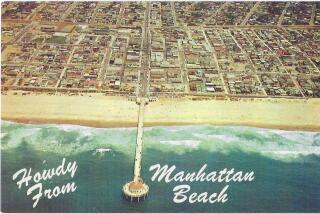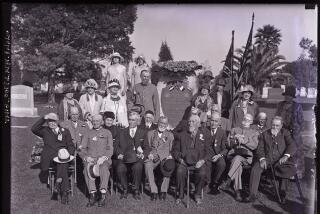S.F. Water Front
1934
*
âTaking Root: A Century of Migrant Workers in Californiaâ is on view at the Santa Barbara Museum of Art through Aug. 6.
*
Jumping ship on the East Coast in 1928, Otto Hagel made his way to San Francisco by hitchhiking and riding the rods. Then, when his sweetheart from Germany, Hansel Mieth, joined him, they worked as pickers, following the fruit crop through California. Radicalized by this experience, they both began taking photographs to document the Depression here.
Back in San Francisco by 1934, Hagel became interested in labor conditions on the waterfront that would soon lead to a bloody strike. This photograph is of a shape-up, where men struggled to get slips of paper entitling them to a dayâs work as stevedores. Itâs likely that Hagel took it, though who took which pictures was somewhat murky during this period. Because he was an illegal immigrant--Mieth wasnât--he had to remain in the shadows.
In 1937, Mieth was offered a position at Life. At first she refused this âcapitalistic magazine,â as she called it. She relented, though, after being promised editorial freedom. In the 1940s, Hagel was given legal status that permitted them to work openly as a team. But in the 1950s, they again lost their livelihood after being investigated by the FBI and called before the House Un-American Activities Committee.
More to Read
The biggest entertainment stories
Get our big stories about Hollywood, film, television, music, arts, culture and more right in your inbox as soon as they publish.
You may occasionally receive promotional content from the Los Angeles Times.










